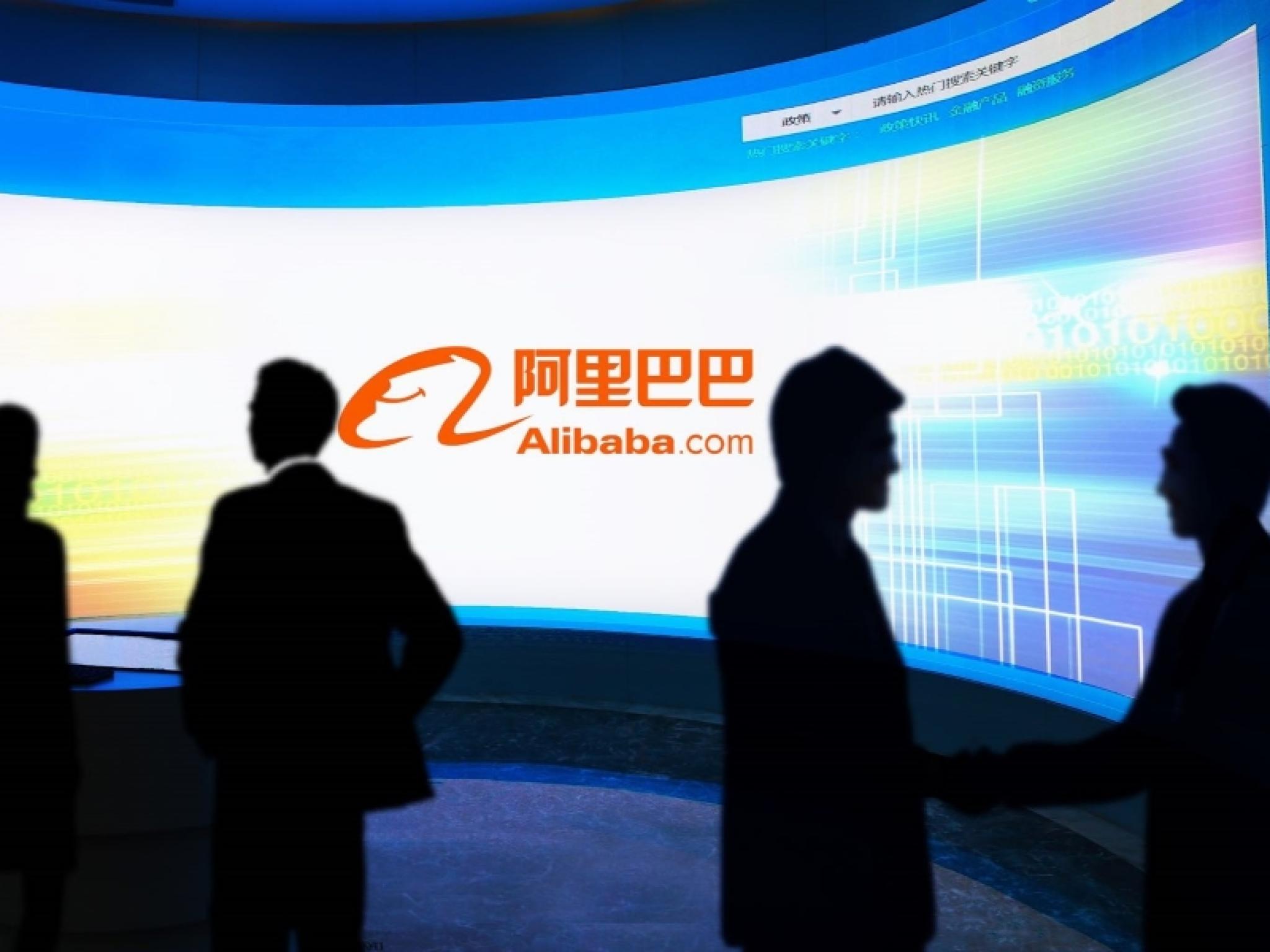
Key Takeaways:
- Alibaba’s revenue for the January-March quarter increased 8.9% year-on-year, the slowest pace for any quarter since it went public
- Yet revenue beat analyst expectations, driven by the China commerce and cloud businesses
By Tina Yip
Like other once high-flying Chinese technology companies, Alibaba Group Holding Ltd. (NYSE:BABA) has gone through some turbulent times lately, hit hard by a regulatory storm that arrived in the middle of the Covid-19 pandemic. But things are starting to look up for the e-commerce giant.
Alibaba’s revenue increased 8.9% year-on-year to 204 billion yuan ($30.4 billion) in the fourth quarter of the fiscal year ended 31 March, which marked the slowest growth for any quarter since the company went public in 2014, according to the company’s latest quarterly results released last Thursday. Also, non-GAAP net profit dropped 24% to 19.8 billion yuan, missing analysts’ estimates.
For the whole fiscal year, the company posted a 59% fall in net profit – the biggest drop since its IPO, although the magnitude of the decline is reduced to a 21% decline on a non-GAAP basis – even as revenue increased a decent 19%.
At first glance, the figures may look rather gloomy, but investors appeared to focus on a glimmer of light that signals the darkest days may be behind Alibaba. The company’s shares jumped more than 14% in New York on the day the company reported earnings and some 12% in Hong Kong the next day.
One bright side of the results for the January-March quarter was that revenue for the three months beat projections by analysts, who probably kept their expectations low after more than a year of a harsh regulatory clampdown on the technology sector as a whole and antitrust action, on top of all the trouble the Covid-19 pandemic has caused.
This achievement was driven by a duo of businesses. One is the China commerce business, which comprises Taobao, Tmall, Tmall Supermarket and Sun Art Retail (6808.HK). The segment’s fourth-quarter sales grew 8% year-on-year, with 14% growth in revenue from Tmall Supermarket offsetting declines in gross merchandise value (GMV) for Taobao and Tmall in March when Omicron outbreaks spread in China.
In April, when a two-month-long lockdown in Shanghai began, Alibaba’s total revenue fell by a single-digit percentage, with Taobao and other platforms suffering falls of more than 10% in GMV, according to Alibaba CEO Daniel Zhang. But with logistics starting to come back online in late May, package deliveries are returning to normal, and many sellers are preparing for Tmall’s big promotion day this month, he said.
The China commerce business still saw a 10% fall in profit as the platforms rolled out various discounts and subsidies in January-March to attract merchants and users. But the profit decline may be a small price for Alibaba in the grand scheme of things. Alibaba attracted 21 million new annual active consumers to its commerce platforms during the three months, more than any other e-commerce company in China did during the same period. Alibaba had more than 1 billion annual active consumers at the end of March, meaning three out of every four Chinese citizens use Alibaba.
Alibaba has also launched Taobao Deals, a platform specifically targeting consumers in third- and fourth-tier cities. It now has more than 300 million annual active users, 20% of whom didn’t shop on Taobao or Tmall last year. This shows that there still is an untapped market for the company to tap into for growth.
Cloud Milestone
The other business that that brightens Alibaba’s prospects is Alibaba Cloud. It turned its first-ever quarterly profit to become the only profitable cloud service provider in China, if only for three months for now. The cloud business had a 37% market share in China last year, with ample growth potential in Southeast Asia as well, said Ivan Chow, an independent equity analyst.
“Alibaba Cloud’s growth is noteworthy,” Chow said. “And the cloud business will also benefit from synergies as it will gradually develop proprietary software.”
Unusually for Alibaba, the company didn’t provide its outlook for the current quarter, which Chow believes is because of uncertainty about government Covid policies.
The lack of company guidance didn’t stop major investment banks from giving Alibaba a vote of confidence. JPMorgan maintained an “overweight” rating for Alibaba shares, saying China should be able to bring Omicron outbreaks under control. Goldman Sachs also kept a similar rating for the stock as it expects Alibaba to grow profit steadily this quarter and next.
Alibaba trades on a forward price-to-earnings (P/E) ratio of just 10, much lower than 29 times for JD.com (NASDAQ:JD), another e-commerce giant, and 22 for smaller competitors Pinduoduo (NASDAQ:PDD).
The relatively low valuation of Alibaba stock may be because of political risks. Chinese authorities have been reining in the group to keep it from growing too powerful, pulling the plug on a mega IPO by Ant Group, an Alibaba affiliate, in November 2020. Since then, Alibaba shares have lost more than 70% of their value.
Alibaba can resolve the political problem through a successful restructuring of Ant, however. And once it does that, investors may flock back to its stock, narrowing its valuation gap with other Chinese technology companies.
In fact, big Chinese technology companies overall may be back on investors’ radar as they outperform market expectations. Among them, both Baidu (NASDAQ:BIDU) and NetEase (NASDAQ:NTES) reported results that exceeded analyst projections for the January-March quarter.
Also, in quite a U-turn from the prolonged crackdown on the technology sector, Beijing has pledged to develop the “platform economy.” If the government follows through on this commitment, Alibaba and its peers will be in pole position to benefit.







